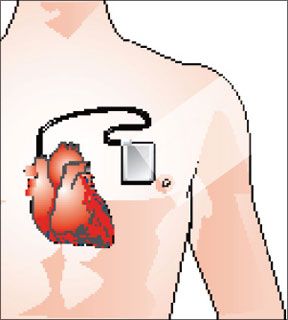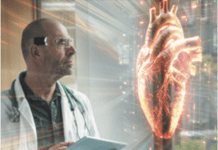No one looks forward to having an electronic device implanted in their chest to keep their heart beating normally, but advances in cardiac resynchronization therapy (CRT) are improving the quality of life and medical care of heart failure patients around the world. CRT involves the use of either a pacemaker or an implantable cardioverter defibrillator (ICD). The devices electronically "remind" the opposite walls of the heart to contract at the same time and prevent the rhythm of the heart from beating too quickly or slowly, or in an uncoordinated manner, says Cleveland Clinic cardiologist Bruce Wilkoff, MD. "The CRT will pace the heart to keep it from going too slow and pace or shock the heart if it goes too fast," he says, adding that CRT is only for people with life-threatening arrhythmias who are also on medication.
To continue reading this article or issue you must be a paid subscriber.
Sign in






